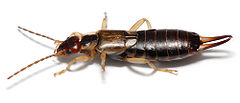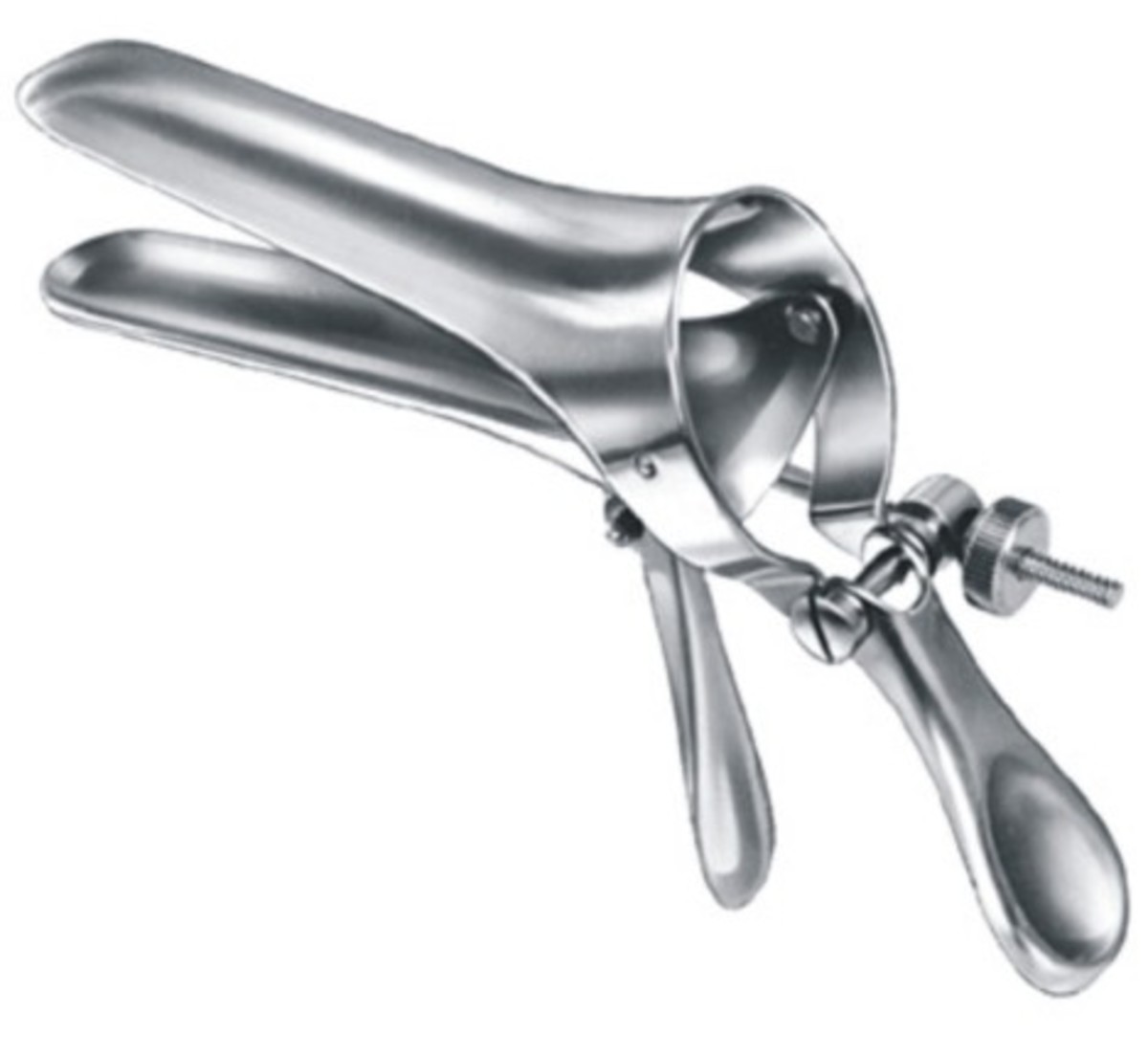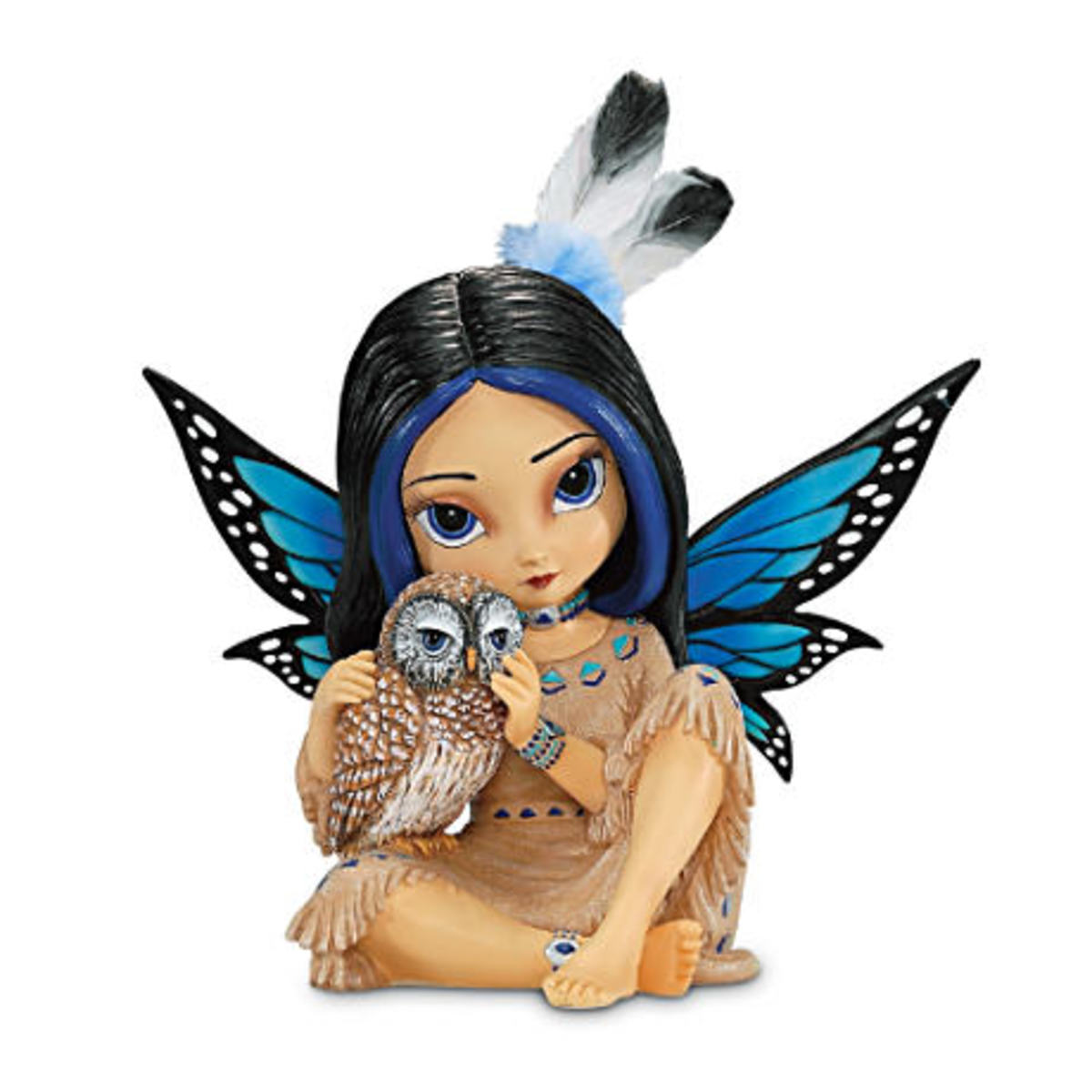Ants In The Head
Ugh - Ugly Earwig Bug

Little Mini-Horror Legend: Ants in the Head
A warning was urgently mailed out over the Internet in the summer of 2009 and this email urged that people take care with food items - to store them away properly before resting so that bugs would not be attracted to areas where people sleep.
Apparently, a small boy was enjoying sweet treats for a while one day when sleep overcame him. He was just a toddler, so falling asleep in the middle of the day was quite a natural thing to do. He just simply fell asleep while playing and eating his candy.
With the sugar barely melted in his mouth, and the sweet treats set absently beside him, the sugar attracted a whole bunch of ants - only later found out through medical testing - oh, but I'm getting too far ahead in the story now...
Anyway, the toddler napped for a little while then woke up and resumed play. Later on, he started to show signs of itchy discomfort and kept complaining of an itchy face. When his complaints didn't clear up overnight and the little boy was still rubbing too much at his face, his mother took him to the doctor.
The doctor couldn't find anything to explain the symptoms, based on a general examination of the little boy, so he decided to take X-rays of the boy. When the X-rays were ready to be evaluated, and the doctor saw what the x-rays showed, he was shocked and horrified.
What the x-rays showed were a whole bunch of live ants in the boy's skull!
With the ants alive and moving around, the doctor couldn't perform surgery immediately, and while he was consulting with other experts on what to do and how to help this little boy, the ants' movement took its toll on the little boy and he expired.
When this story was circulated, the sender urged people to be safer about food and not have it placed anywhere near where they might sleep. More particularly, the sender urged parents to never let their children eat sweets just prior to sleeping and naptimes - for fear that the sugar would attract ants or any other bugs that might end up crawling onto or INTO their children. The sender didn't want any more children to end up dying from ants in the brain.
Can You Tell What Is Wrong Here?
I became interested in this urban legend because I actually saw a number of posts at various question and answer sites and at some wiki sites which tell about this legend. The posts were about how dangerous it is to leave sugar around with kids when it is time for them to nap.
BUNG, I say!
These are creepy pasta stories, most of the ones about bugs getting inside peoples' heads. There are a whole bunch of 'earwig' horror stories, and stories about all sorts of different bugs getting into peoples' brains through their ears, eating through their brains to get out the other ear, etc.
What was shocking, as I viewed many posts about various bugs in various heads, causing madness through eating their way through brain matter (yes, I know, gross, gross, GROSS) - is that PEOPLE will post that their grandmother died of brainbugs, their aunt or uncle died when earwigs or ants, or poisonous other insectae got into their ears while they were sleeping...and this cannot possibly be true with most of the named insects that people are telling stories about. There are a whole lot of stories around internet 'true story' forums which place bugs (the 'earwig' is incredibly common and popular as an impossible 'killer bug' lol) in the ears and consequent laying of eggs in the human head - to manifest HORROR in readers.
Hint: an earwig isn't called an 'earwig' because it is known to have the actual behavior of crawling into peoples' ears...it's just called an earwig based on old wives' tales! VERY FEW bugs of any kind have actually been found in peoples' heads or ears by doctors. Fewer number of insectae have been found to be harmful if they do get into a human's ears.
So, in the story above, can you tell what's wrong with it? And how it cannot logically be true?








